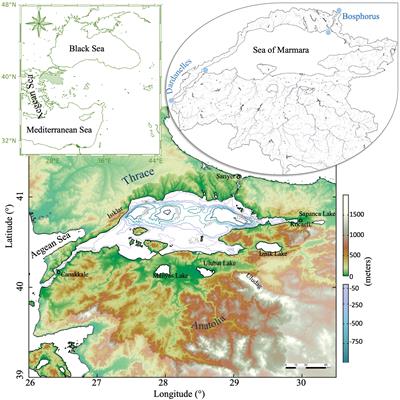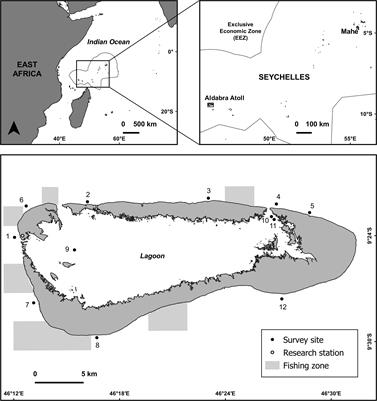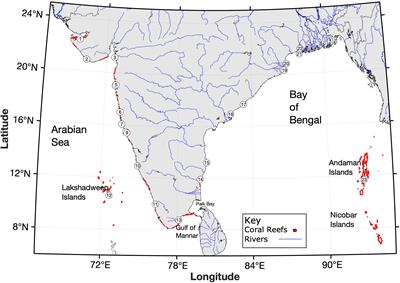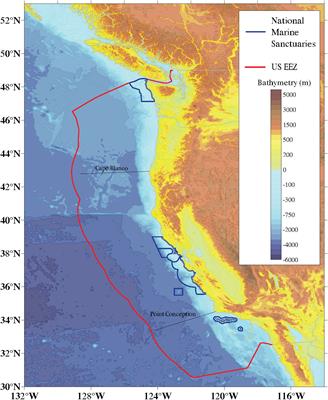EDITORIAL
Published on 28 Mar 2024
Editorial: Interaction between climate change and anthropogenic pressures in the eutrophication process - volume II
doi 10.3389/fmars.2024.1399298
- 701 views
- 1 citation
4,347
Total downloads
25k
Total views and downloads
EDITORIAL
Published on 28 Mar 2024
ORIGINAL RESEARCH
Published on 10 Nov 2023

ORIGINAL RESEARCH
Published on 25 Sep 2023

REVIEW
Published on 24 May 2023

ORIGINAL RESEARCH
Published on 21 Feb 2023

ORIGINAL RESEARCH
Published on 22 Jul 2022

ORIGINAL RESEARCH
Published on 18 Jul 2022
